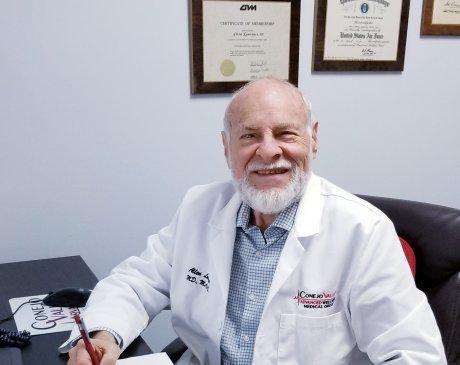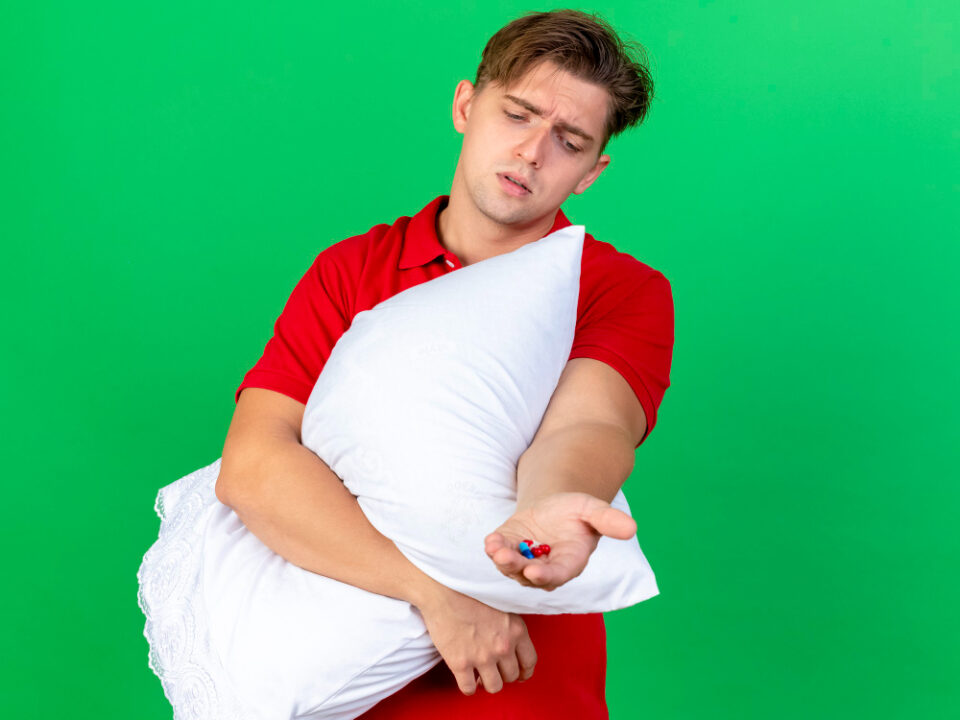- 21103 Vanowen St Woodland Hills, CA 91303 | Call us today!
- 310-879-9266
Is Testosterone Replacement Therapy (TRT) Safe for Men?

Testosterone replacement therapy (TRT) can be safe and effective for men when prescribed and monitored properly by an experienced healthcare professional. TRT is primarily used to treat hypogonadism, a condition characterized by low testosterone levels, which can lead to various symptoms such as fatigue, decreased libido, and mood changes.
TRT can help restore testosterone levels to a normal range, potentially reducing and even eliminating the most negative and dangerous signs and symptoms and increasing and improving the man’s overall well-being. While it is important to note that TRT is not without risks, its risks are generally very low and almost negligible. TRT use is always dependant on the individual male circumstances, his signs and symptoms and his risk of complications from low testosterone levels and his potential risk for negative complications based on family history and where he smokes, his weight and history of prior blood clots.
Here are some important considerations:
Medical Evaluation: Before starting TRT, a comprehensive evaluation is necessary, including a thorough medical history, physical examination, and blood tests to confirm low testosterone levels and rule out any underlying health conditions.
Proper Prescription: TRT should be prescribed and supervised by a qualified and experienced healthcare professional, typically someone with years of experience treating hormonal imbalances and experienced with male hormone replacement therapy. They will determine the appropriate dosage and administration method (such as injections, gels, or patches) based on individual needs.
Potential Side Effects: While TRT can provide benefits, it can also have a number of negative side effects. Common side effects may include acne, fluid retention, increased red blood cell count, and potential negative effects on cholesterol levels. Long-term effects on cardiovascular health and prostate cancer risk remain subjects of ongoing research. These negative side effects are all easily monitored for and easily prevented when using optimal preventive care during TRT.
Monitoring and Adjustments: Regular monitoring of hormone levels, blood counts, and other relevant parameters is necessary to ensure safety and effectiveness. Several adjustments to dosage or treatment approach may be required to maintain optimal levels and manage any potential side effects. This is all part of standard approach to making sure all is done right.
Individual Considerations: TRT may not be suitable for everyone. Factors such as existing or family history of prostate or breast cancer, sleep apnea, severe lower urinary tract symptoms, or certain cardiovascular conditions may require careful evaluation and consideration before initiating therapy and while the individual is being treated.
Lifestyle Factors: TRT should ideally be complemented by a healthy lifestyle, including regular exercise, a balanced diet, sufficient sleep, and stress management. These factors can contribute to overall well-being and enhance the effectiveness of TRT.
It’s crucial to consult with an expert such as Allen Lawrence, M.D. who already has more than 40-years of ongoing experience treating men with TRT and more than 55-years of experience treating women using HRT. He is knowledgeable and can follow you from start to old age. He has years of decision-making experience regarding use of both TRT and HRT.

Article by Dr. Allen Lawrence, M.A., M.D., Ph.D.




